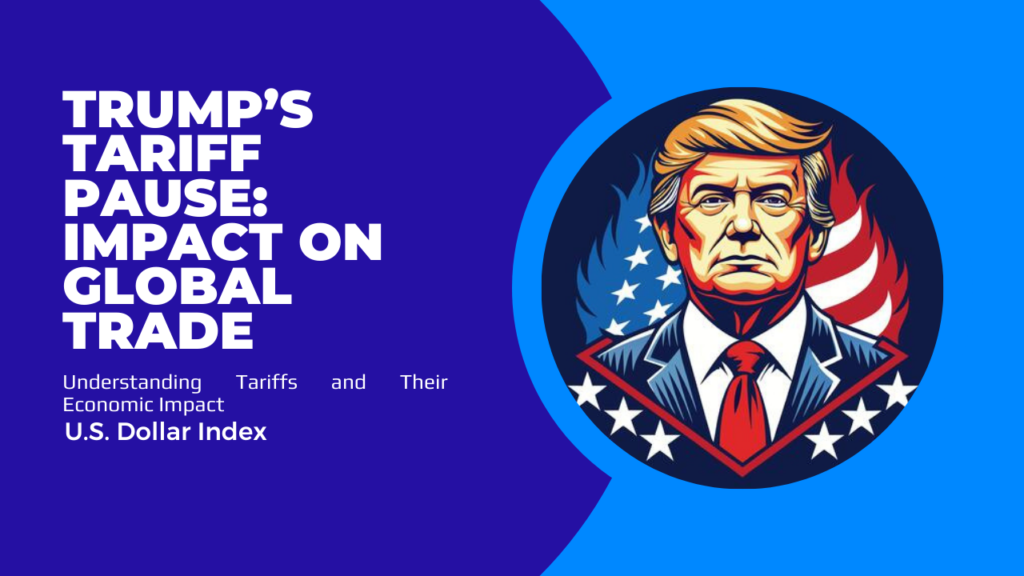The recent decision by former U.S. President Donald Trump to pause tariffs on imports from Canada and Mexico for one month has sent ripples across global trade markets. This move, aimed at addressing immigration and drug trafficking concerns, highlights the complex role tariffs play in economic and geopolitical strategies. But what do tariffs mean for businesses, consumers, and currency markets? Let’s explore their impact, the latest developments in the tariff war, and how the U.S. Dollar Index reacts to such trade policies.
Understanding Tariffs and Their Economic Impact
A tariff is a tax imposed by a government on imported goods, typically aimed at protecting domestic industries, generating revenue, or serving as leverage in trade negotiations. While tariffs can offer short-term protection for local businesses, they often lead to higher costs for consumers and retaliation from trading partners.
Key Impacts of Tariffs:
- For Domestic Businesses: Tariffs provide a competitive advantage by making foreign goods more expensive. However, industries reliant on imported materials face higher production costs.
- For Consumers: Tariffs lead to increased prices on imported goods, reducing purchasing power.
- For Global Trade: Countries affected by tariffs may impose retaliatory duties, escalating trade tensions and affecting global supply chains.
Trump’s Tariff Pause: A Strategic Move?
Trump’s one-month tariff suspension on imports from Canada and Mexico is seen as a strategic decision tied to ongoing negotiations. This pause follows discussions with Mexican President Claudia Sheinbaum and Canadian Prime Minister Justin Trudeau, as the U.S. seeks stricter border control measures and a reduction in fentanyl smuggling. The temporary nature of this decision adds uncertainty for businesses that rely on predictable trade policies.
How the U.S. Dollar Index Reacts to Tariff Policies
The U.S. Dollar Index (DXY), which measures the dollar’s strength against a basket of foreign currencies, is highly sensitive to trade policies. When tariffs are imposed or lifted, investor sentiment shifts, leading to fluctuations in the dollar’s value.
Potential Effects of Tariff-Related News on the Dollar:
- Stronger Dollar: If tariffs reduce imports and improve the trade balance, demand for the U.S. dollar rises.
- Weaker Dollar: If tariffs disrupt global trade and slow economic growth, the dollar may weaken as investors seek safer assets.

How Businesses Are Responding to Tariff Uncertainty
Several multinational corporations are taking preemptive measures to mitigate the risks posed by potential U.S. tariffs. For instance, Japanese giants Sony and Suntory have started stockpiling inventory in the U.S. and are considering shifting production to avoid future tariffs. Such moves indicate the level of uncertainty businesses face due to shifting trade policies.
Conclusion: What Lies Ahead?
While the one-month tariff pause offers temporary relief, the broader impact of trade policies on global markets remains uncertain. Businesses, investors, and policymakers must stay prepared for potential tariff shifts and their economic implications. Monitoring key indicators like the U.S. Dollar Index can provide valuable insights into how trade tensions shape market trends.
As the tariff landscape evolves, companies and consumers alike must navigate these challenges with strategic planning and adaptability. Whether Trump’s pause leads to long-term trade resolutions or further escalations remains to be seen, but one thing is clear: tariffs will continue to play a crucial role in global economic dynamics.
Understand about Asset Classes in our latest article.
